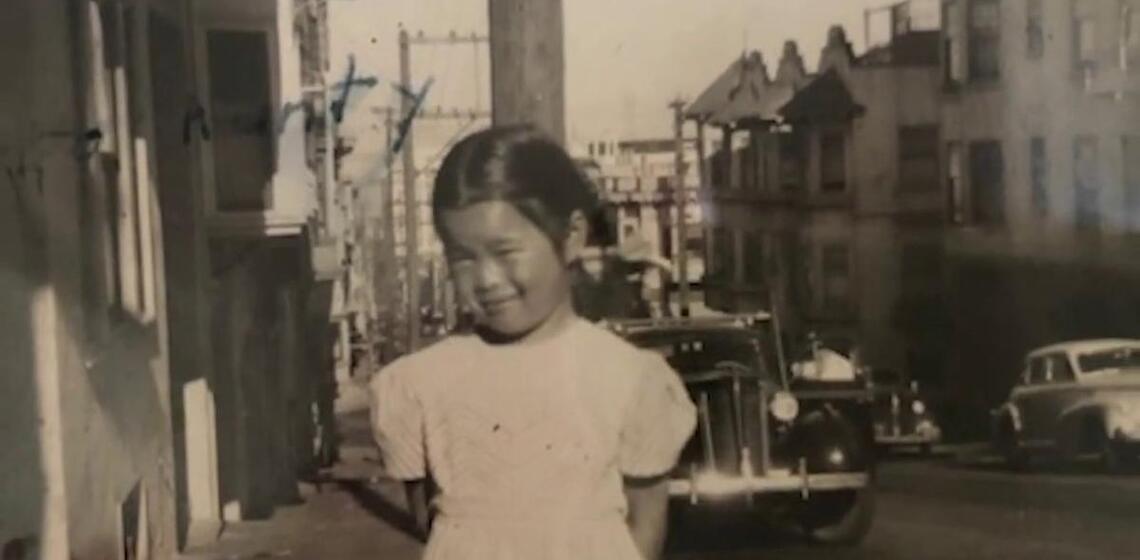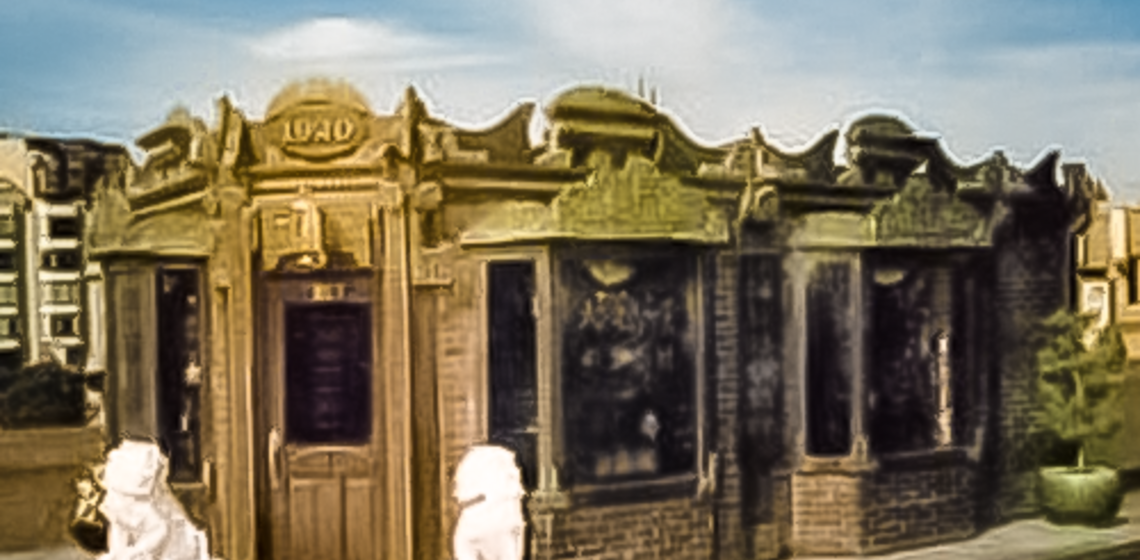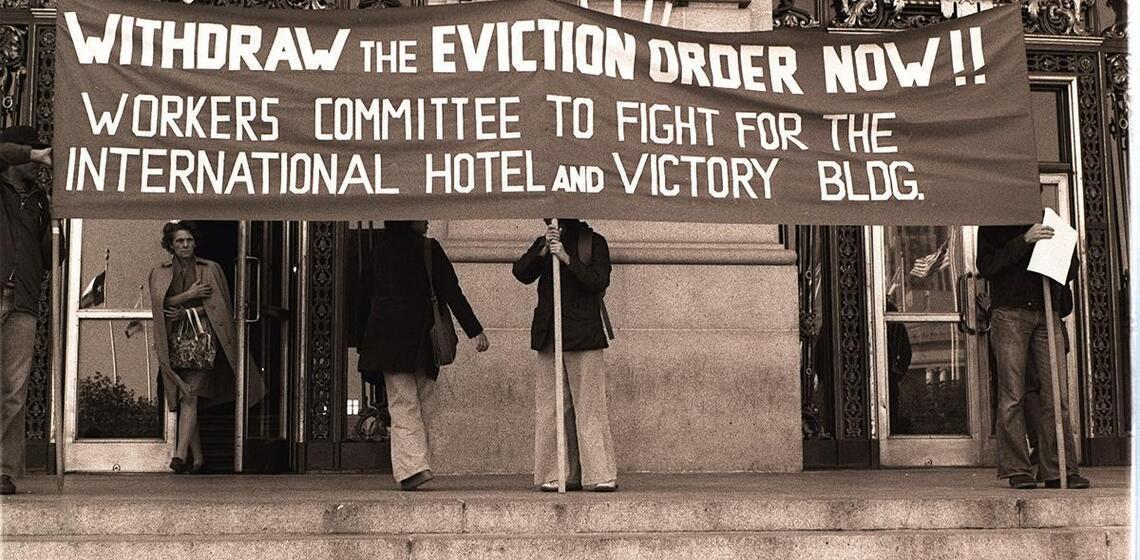This course covers the entire history of the Chinese in the U.S., from the Gold Rush period in the mid-l9th century to the present. Since Chinese immigration and exclusion are two continuous processes throughout this history, both will be the focus of the course. The two processes and their interaction with each other also generated considerable political, economic, and cultural dynamism in the settlement and development of the Chinese American community throughout the U.S. Adding to the complexity of the two processes and the community dynamics has been the continuous impact of the volatile diplomatic relations between China and the U.S. and the ever-present tension and multi-level interactions between the Chinese American community and its homeland, including, the clan, village, county, province, and China, as a nation and a culture. Finally, since Chinese have settled in over 140 countries throughout the world, the continuous Chinese immigration has brought Chinese from Latin America, the Caribbean, Southeast Asia, Africa, and Europe to the U.S., contributing not only to the diversity and hybridity in the Chinese American population but also to growing global networks, connections, interactions, and cross-fertilization for Chinese Americans. Globalization and global influence of the U.S. have had a tremendous impact on the Chinese diaspora at the grassroots level, at the center of which is the Chinese in the U.S.

Mun Ching (Chinese American Democratic Youth League)
Student film project about Mun Ching (Chinese American Democratic Youth League).

Gordon J. Lau Elementary School
This student film discusses the history of Gordon J. Lau Elementary School, a school created in 1885 to segregate Chinese from white students in public schools.

Preserving Chinese American History: SF Chinatown’s CHSA
Founded in 1963, the Chinese Historical Society of America (CHSA) was the first organization that actively sought to educate the public about Chinese American history.

The Evolution and Legacy of Chinatown Association
This final project focuses on the evolution of Chinatown Associations, starting from the traditional family associations in the 19th century to today's current associations.

Persecution of Chinese American Scientists and Researchers
Throughout history, discrimination, racial profiling, and political scapegoating of Asian Americans have largely impacted and led to the persecutions of Chinese American scientists

Mun Ching (Chinese American Democratic Youth League)
This student film project about Mun Ching (Chinese American Democratic Youth League). An organization that supported US-China war efforts during WW2 but later persecuted during Cold War. Despite this they continued efforts to promote Chinese culture, history and friendly relations between US and China. The project is based on researching the Him Mark Lai Archives in the Asian American Studies Collection, Ethnic Studies Library at UC Berkeley. Family interviews, film clips from Chinatown Files documentary, books and articles from the Mun Ching Library.

Gordon J Lau Elementary School
This video documentary looks into the past history of the Gordon J Lau School in San Francisco Chinatown. Originally, it was called "The Oriental School" during the time of segregation between Asians and whites in San Francisco.

Preserving Chinese American History: SF Chinatown’s CHSA
Oftentimes, Chinese American history is either overlooked or overshadowed when discussing the history of the United States, despite the very real racism and discrimination that thousands of Chinese immigrants experienced. Founded in 1963, the Chinese Historical Society of America (CHSA) was the first organization that actively sought to educate the public about Chinese American history. Our video discusses the various ways in which the CHSA is working to preserve Chinese American history and why the CHSA’s work continues to be important even to this day.

The Evolution and Legacy of Chinatown Associations
This final project focuses on the evolution of Chinatown Associations, starting from the traditional family associations in the 19th century to today's current associations. It also highlights the accomplishments of 1960's-1970's activism, which explores the impact of the International Hotel and the Third World Liberation Front strikes in UC Berkeley. Pam Tau Lee, the co-founder of the Chinese Progressive Association (CPA), also speaks about her experiences as an activist and her involvement with the CPA.

Persecution of Chinese American Scientists and Researchers
Throughout history, discrimination, racial profiling, and political scapegoating of Asian Americans have largely impacted and led to the persecutions of Chinese American scientists. Our video project will address the questions of the historical roots of racial profiling, the impacts of it, and how community reacts to it. One thing it discusses is how the fluctuating relations between China and the U.S. affect how a Chinese American is viewed as — an ally and then a spy. Yet, while as an ally, and seen as a model minority, Asian Americans are still seen as the perpetual foreigner.

Sweatshops, Jung Sai & NYC Garment Strikes: A Breakthrough for Immigrant Women’s Resistance
A video about the garment sweatshops in US Chinatowns and attempts by immigrant women to organize and resist oppressive working conditions. Includes an exploration in the work of the Chinatown Cooperative Garment factory, a project initiated by an Asian American Studies class at UC Berkeley.
Producers: Anabella Hoang, JC Zhang, Leilani Chu, Tammy Cheng
Faculty, Asian American and Asian Diaspora Studies
Topics
Since students use what they've learned to create materials for the community, it allowed me to see how well they translated their academic understanding into the projects.Harvey

